Note to reader: It may be useful to read this article on Saturn first.
This study argues that Biblical female figures that include the element sheba (seven) in their name are especially indicated as proto-Jewesses, Crypto-Jewesses or Semites. This includes Elisheba, wife of Aaron, Elizabeth, mother of John the Baptist, Bathsheba, mother of King Solomon and Queen Sheba of the kingdom of Sheba, mysterious supporter of King Solomon appearing in 1 Kings 10.
The name Elisheba and Elizabeth are the same, with the last coming from the first. The Hebrew name Elisheba, אֱלִישֶׁבַע, ostensibly means “God is an oath.” Oath here is from “sheba.” As likely or in addition, Elisheba means “God is seven” or “God is Saturn” (which “seven” is referencing). The meaning for Bathsheba is typically given as “Daughter of an oath.” Again, as likely or in addition, Bathsheba is “daughter of Seven” or “daughter of Saturn” (which “seven” is referencing).
Whether this connection to seven also suggests them as castrating figures like Saturn is also interesting to contemplate. This is the suggestion with the Jewish or proto-Jewish “hair” cutting Delilah, this study argues, which appears to be a reference to circumcision and emasculation.[1] Regardless these Jewesses or proto-Jewesses might find mythical synonyms with the underworld figures of Trivia and Proserpina.
In this light, like the name Solomon, deriving from the Canaanite dusk deity Shalem, these female figures might as well be understood as representing termini, in the way the seventh day of the week also represents this. The Kingdom of Sheba, likewise, may take on symbolic meaning suggesting racial terminus in the manner that “Arabia” appears to suggests terminus, at least as a symbol in JEM. Here, as discussed in book #1 of this series,[2] the Biblical Hebrew word for Arabia is ereb, עֵרֶב, meaning “mixture,” “mixed company” and is nearly identical to ereb, עֶרֶב, meaning “evening.”
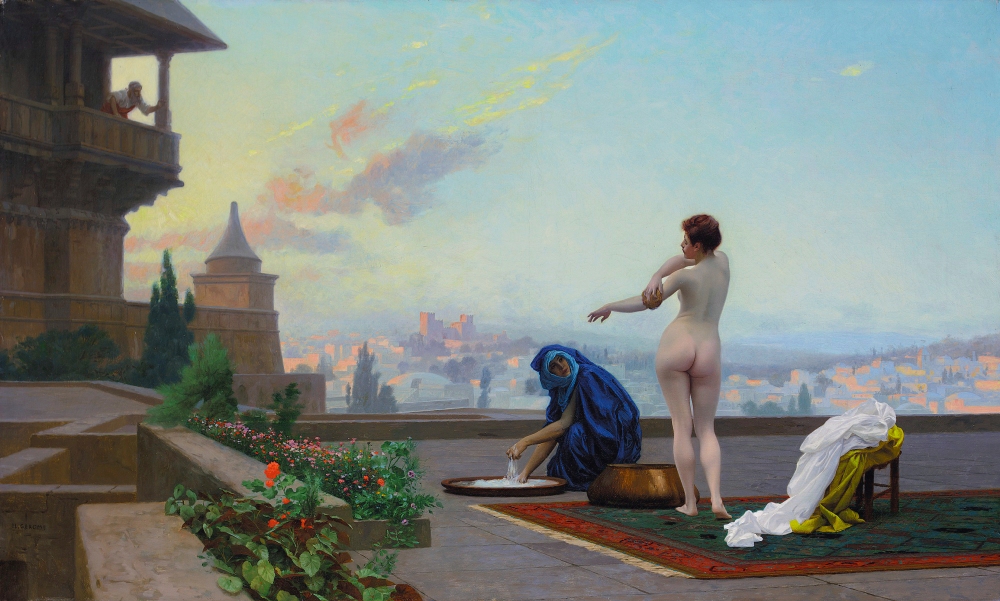
The notion that Jews are one with a Saturnian god identified as Sheba or Seb may be suggested by the word shebet, שֵׁבֶט or the Aramaic shebat, שְׁבַט meaning “tribe.” Shebet also means “rod,” “scepter” and “staff” and very likely has some phallic significance. Hence likely it is akin to the English word “seed” which may refer both to the reproductive function and lineal descent. We see something similar in Latin where gens, meaning “family,” “tribe” or “nation,” is related to genitalia, which may mean “father” or “genitals.” The contemporary slang expression “family jewels,” originating in the early 20th century, also seems to conflate the sex organ with a notion of familial or lineal continuance.
The first biblical appearance of shebet is in Genesis in “Jacob’s blessing of Judah” where it says “The scepter will not depart from Judah, nor the staff from between his feet/legs, until Shiloh comes and the allegiance of the nations is his.”[3] The second word for staff here, sometimes translated “lawgiver,” is chaqaq, חָקַק, which means to “to cut in,” “inscribe” or “decree.” Possibly it is a circumcision reference. It should be noted, the twelve tribes of Israel will be described by this term, such as in Genesis 49:28. Possibly this suggests them as worshipers of or in covenant with a Saturnian God.
In fact we might suspect the ancient Kingdom of Saba of southern Arabia, which is equated with the Biblical Kingdom of Sheba from which queen Sheba hailed, as proto-Jewish, based on a number of factors.
First there is the suggestive interaction with Solomon where queen Sheba arrives bearing gifts. There she tests him with chidah, חִידָה, or riddles, none of which are described. Solomon answers these easily, impressing her and seeming to gain her fealty. In the modern Hebrew chidah also means “parable.” Hence speculatively they come to communicate in a shared JEM (Jewish Esoteric Moralization) much in the manner Jews appear to communicate today. Finally she praises Yahweh and the two exchange precious gifts perhaps suggesting a shared ethnic or Religious kindredness and/or mission.

Second, the Sabaeans are reported to have practiced suggestive religious rituals. They “performed the circumlocution around the Ka’ba tawaf, ran seven times between Mounts Safa and Marwa” and “performed ritual circumcision.”[4] All of these are Muslim practices to this day, the last of course is a practice common to both Jews and Muslims.
Third, the Sabaeans were an especially mercantile people, successful traders in frankincense and myrrh, two spices featuring saliently in Biblical symbolism and ancient Jewish ritual. For instance, the proto-Jewish deity of Adonis is mothered by Myrrha in the form of a myrrh tree and this study speculates this may be related to the name of Mary, Christ’s mother. One of the Jewish names for Yahweh to this day is Adonai.
One theory holds that the Sabaeans originated in the Southern Levant perhaps suggesting them as an offshoot of Jews or a common earlier proto-Jewish group.[5] On the other hand, the migratory and diasporic nature of Jews tends to make this idea less meaningful. Another tribe appearing in the Hebrew Bible called the Saba, סְבָא, descending from Kush, is mentioned alongside Sheba (Sabaeans) in Psalms 72:10. Both are indicated as “gift givers” and Psalms 72 itself, headed by the phrase “of Solomon” or “for Solomon,” is commonly assumed to be a psalm about King Solomon or a psalm addressed to him.
The Psalms 72 expresses the hope that both Sheba and Saba will be generous to the subject of the psalm, presumably King Solomon. In other words, Sheba here appears to be a reference to its friendly position toward Solomon as indicated by the Queen Sheba parable in 1 Kings 10. Though Sheba descends from Shem, as opposed to Kush, commonly Sheba and Saba are considered colonies of the same mercantile ethnic group perhaps on separate points along a trade route, perhaps one in Arabia and the other in Africa.
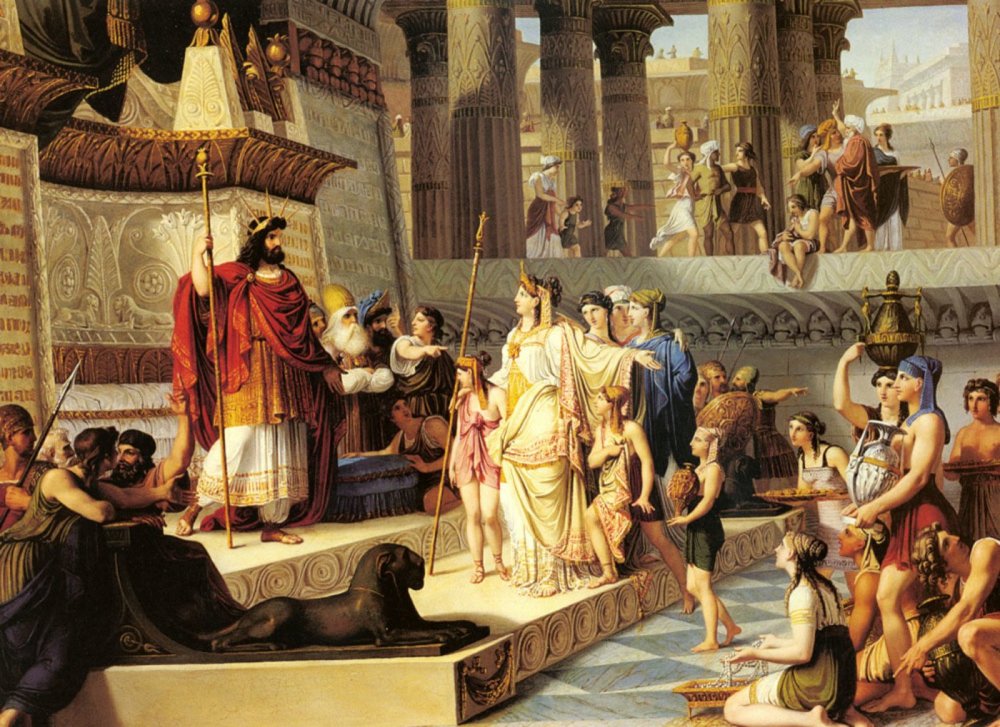
This would fit a diasporic nature of Jews or proto-Jews that should be considered fundamental through all civilizational periods. After all, successful trading groups would essentially require this particularly when advanced communication and shipping technology was absent. Given the repetition of myth themes appearing in what we suspect as proto-Jewish cults, we don’t suspect the nature of Jews has fundamentally altered from a proto-Jewish origin.
The Sabaeans also worshiped Saturn. Citing Die Ssabier und der Ssabismus, II, Jung mentions in a footnote that “the image of Saturn worshiped by the Sabaeans was said to be made of lead or black stone.” [6] Both the color black and the stone become symbols of Jewry,[7] this study argues, whereas lead becomes identified with Saturn in alchemy and esoteric symbolism.
Here plainly as well we can see some early description of the “black stone” set in the Kaaba if not a description of the “black stone” itself. Like the seven migrations between Safa and Marwa, Muslims to this day circumambulate the Kaaba, and the “black stone,” seven times during worship. These circumambulations would, of course, reinforce the idea that the “black stone” is a reference to Saturn. Jung also mentions the Sabaeans considered Saturn the “black star.” [8]
Here again Saturn is understood as a ruling seventh deity or planet, thus the root word Saba may carry the same original meaning as Sheba, its Hebrew equivalent: “seven” or “Saturn.” It would make sense for them to name themselves after their God. In the Book of Job, where the caducean figures of Yahweh and Satan cruelly plot the personal destruction of the notably righteous Gentile or Aryan figure Job, so as to condition greater servility,[9] both Chaldeans and Sabaeans are deployed as Satan’s minions to carry out the dirty work. Perhaps this is a Jewish allusion to an earlier proto-Jewish identity.
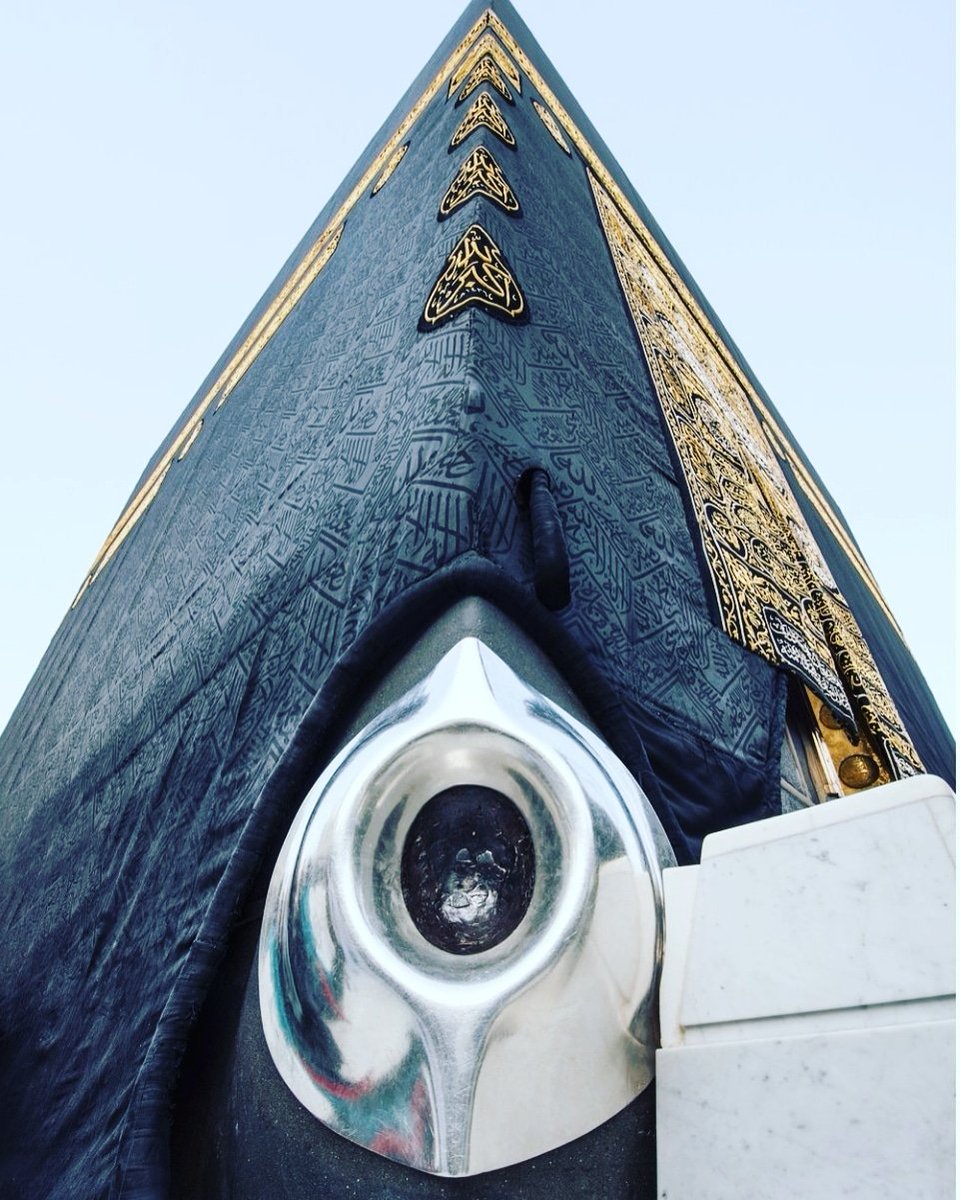
The Sabaeans, like the Chaldeans and Magi, were also famous in the ancient world for their astrolatry, an adoration they share with Jews, as is suggested in Histories and is apparent through a review of Biblical and contemporary JEM. For instance, it appears indicated in Genesis 37, that even the twelve tribes of Israel are a reference to the Zodiac. There Joseph describes a dream where “the sun and moon and eleven stars were bowing down”[10] to him. His irritated brothers, each primogenitors of eponymous Israelite clans, immediately understood the celestial bodies as references to themselves.
Elsewhere where 12 appears, whether with Christ’s apostles, Joshua’s twelve spies or the twelve days of Christmas developing in the Church, it seems almost certain a zodiacal reference is being made as well. In fact, the 12 days of Christmas represent the time between Christ’s birth and the arrival of the Magi, another caste of astrologers and proto-Jews, this study argues, drawn by the prophetic Star of Bethlehem. Of course the ubiquitous appearance of the number seven in JEM, whether Biblical or contemporary, also indicates Jews as “astrologic.” In fact, this study argues astrology, as opposed to astronomy, is likely a proto-Jewish development. [11]
In fact we might suspect the mysterious “Sabians” mentioned briefly in the Koran to be the same people or at least carry the same symbolic significance as the Sabaeans. There Sabians are indicated alongside Jews and Christians as persons capable of attaining salvation provided they believe in God and the Last Day.[12] In another passage, it is said they will be judged by God on Judgement Day alongside Jews, Christians, polytheists and Magi. Again, Magi are another group this study argues to be proto-Jewish.[13]
The 11th century Iranian scholar Al-Biruni said the Sabians were an offshoot of the Jewish tribes who remained in Babylon after the return of Jews to Jerusalem during the 6th century BC. To the extent this history is accurate, perhaps we find proto-Jews retaining the older name of Saba/Sheba, one again related to Saturn or this sacred number of seven. After all, Jews will not begin to appear in historical accounts until Hellenistic period (323 BC to 31 BC).
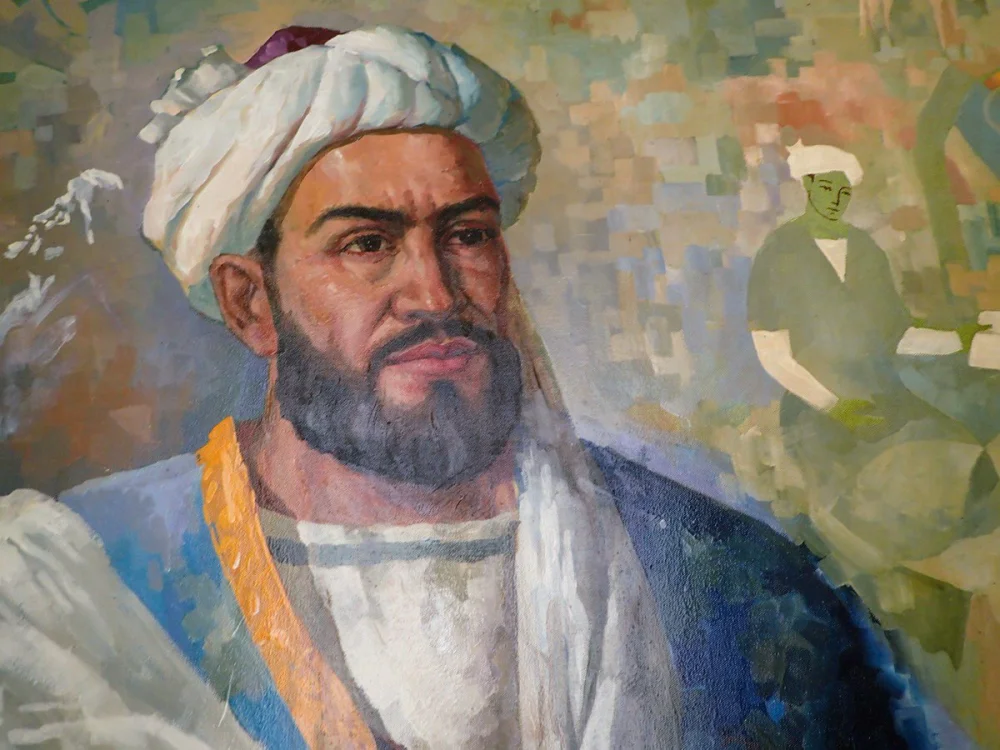
The early 20th century British cultural anthropologist Ethel S. Dower argued these Sabians practiced a mixture of Magism and Judaism. [14] Jung remarks that “James of Sarug (d. 521) says the Israelites worshipped Saturn. The Sabaeans called him the ‘god of the Jews.’”[15] References to the worship of deities that are often guessed to be Saturn appear in Amos 5:26 and 1 King 1:9. Though these references are worth a closer look in the next chapter. There I argue, of the two, the reference in 1 King 1:9 appears more likely valid.
In any case, this root Saba or Sheba appears to pop up in Rome in another cult, one history tells us to have been explicitly understood as Jewish. [16] There we find the cult of Jupiter Sabazius which Romans would identify with the Jewish YHVH Tzevaot (“sa-ba-oth”) which means “Lord of Hosts” or “Lord of Armies.” But again, here it seems more likely Sabazius is related to the Saba/Sheba root meaning “seven,” “rest,” “sated” etc. Indeed, Plutarch, who also identified the Jewish God with Bacchus and Typhon (Saturn’s son), identified the Jewish Sabbath with the festival of Sabazius.[17] The Byzantine Greek encyclopedia, Suda, indicated that the word “Saboi is the term for those who are dedicated to Sabazios.”[18]
Hence the etymological link appears to be between the Sheba/Saba and Sabazius. In any case it was plain to the Romans that this was a Jewish cult. Jews who settled in Rome in 139 BC were apparently promoting the cult when they were expelled along with Chaldean astrologers by praetor peregrinus Cornelius Hispalus. Hispalus “compelled the Jews, who attempted to infect the Roman custom with the cult of Jupiter Sabazius, to return to their homes.”[19]
It’s perhaps clearest to understand Jupiter Sabazius as a Semitic or Semitized form of Jupiter, such as the Carthaginian Baal Hammon might be understood as a Semitized or foreign form of Baal. Baal Hammon was associated with Saturn in the ancient world and likely the same association can be made with Jupiter Sabazius.
We might argue Dionysus can also be understood as another example of a Semitized Jupiter. After all his name is commonly derived from dio-, an element associated with Zeus, and Nysa, the southern, eastern mystical realm from which Dionysus hailed. Like Yahweh, Jupiter Sabazius was identified by ancient writers with Dionysus/Bacchus [20] and equivalents of Dionysus such as “the first Dionysus” Zagreus.[21]
A salient feature of the Jupiter Sabazius cult was the processional display of ornate bronze hands fixed atop poles. Speculatively, we might well suspect these are Hamsa equivalents. The study argues the Hamsa symbol, a hand with a blue or green eye fixed in its palm, represents the capture of an Aryan sexual or vaginal resource in JEM.
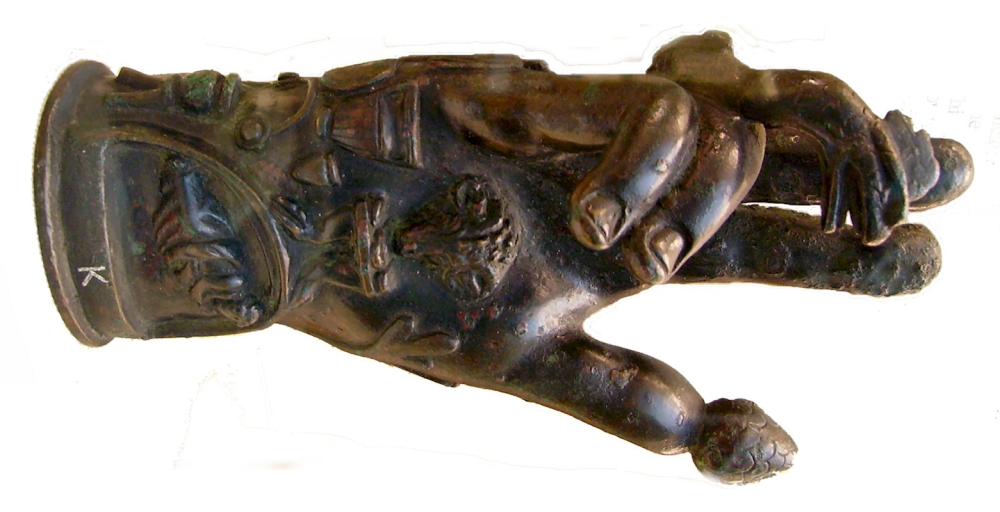
The metals bronze, copper and brass, as this study discusses, appears to have a sensual or sexual connotation in JEM. We catch a glimpse of this in Daniel’s description of the multi-metaled colossus where the “belly and thighs were bronze.” We also note the similarity of words meaning bronze/copper (nechash, נְחָשׁ, nechushah, נְחוּשָׁה) in the Aramaic and Hebrew to the Hebrew name for the serpent (nachash, נָחָשׁ) in the Garden of Eden, who we understand as a phallic symbol seducing Eve. The Christian theologian Clement of Alexandria, writing a second hand account, reported that rituals in the cult involved a serpent, a symbol also common to Bacchus. He remarked: “This is a snake, passed through the bosom of the initiates.”[22]
[1] See the chapter entitled Delilah: The emasculating and circumcising Jewess in book #1 of this series.
[2] See especially the chapter entitled Jewish Notions of “Cleanliness” and “Holiness:” The Aryan as “Discharge,” “Leprosy” and “Holy” Prostitute in the first book of this series.
[3] Genesis 49:10
[4] al-Alusi, Muhammad Shukri. Bulugh al-‘Arab fi Ahwal al-‘Arab, Vol. 2. p. 122.
[5] HOMMEL, Südarabische Chrestomathie (Munich, 1892), p. 64.
[6] Jung, The Collected Works of C.G. Jung, Volume 9, Part 2, Princeton University Press, N.J., 1959, Pg. 75
[7] See the chapter entitled Judah the Black: The Song of Solomon a Key Inspiration and Source of JEM in book #3 of this series.
[8] Jung, The Collected Works of C.G. Jung, Volume 9, Part 2, Princeton University Press, N.J., 1959, Pg. 75
[9] See the chapter entitled Aryan as “Persecuted” Doormat and Oblivious Hippo and Satan/Yahweh as False Opposition in book #3 of this series.
[10] Genesis 37:9
[11] See the chapter entitled The Zodiac as a Propaganda Coup and the Semitic Nature of Greek Heroes in book #2 of this series.
[14] Extracts from Ethel Stefana Drower, 1937, Mandaeans of Iraq and Ira
[15] Jung, The Collected Works of C.G. Jung, Volume 9, Part 2, Princeton University Press, N.J., 1959, Pg. 75
- [16] (Valerius Maximus), epitome of Nine Books of Memorable Deeds and Sayings, i. 3, 2, see EXEMPLUM 3. [Par.]
[17] Plutarch. Symposiacs, iv, 6.
[18] Sudas, under “Sabazios”, “saboi”; Sider, David. “Notes on Two Epigrams of Philodemus”. The American Journal of Philology, 103.2 (Summer 1982:208–213) pp. 209f.
[19] (Valerius Maximus), epitome of Nine Books of Memorable Deeds and Sayings, i. 3, 2, see EXEMPLUM 3. [Par.]
[20] Sudas, under “Sabazios”, “saboi”; Sider, David. “Notes on Two Epigrams of Philodemus”. The American Journal of Philology, 103.2 (Summer 1982:208–213) pp. 209f.
[21] Strabo, Geography, 10.3.15
[22] Clement of Alexandria, Protrepticus, 1, 2, 16
One thought on “Saturn, Shebet, Sheba, Sabaeans, Sabians and Sabazius”